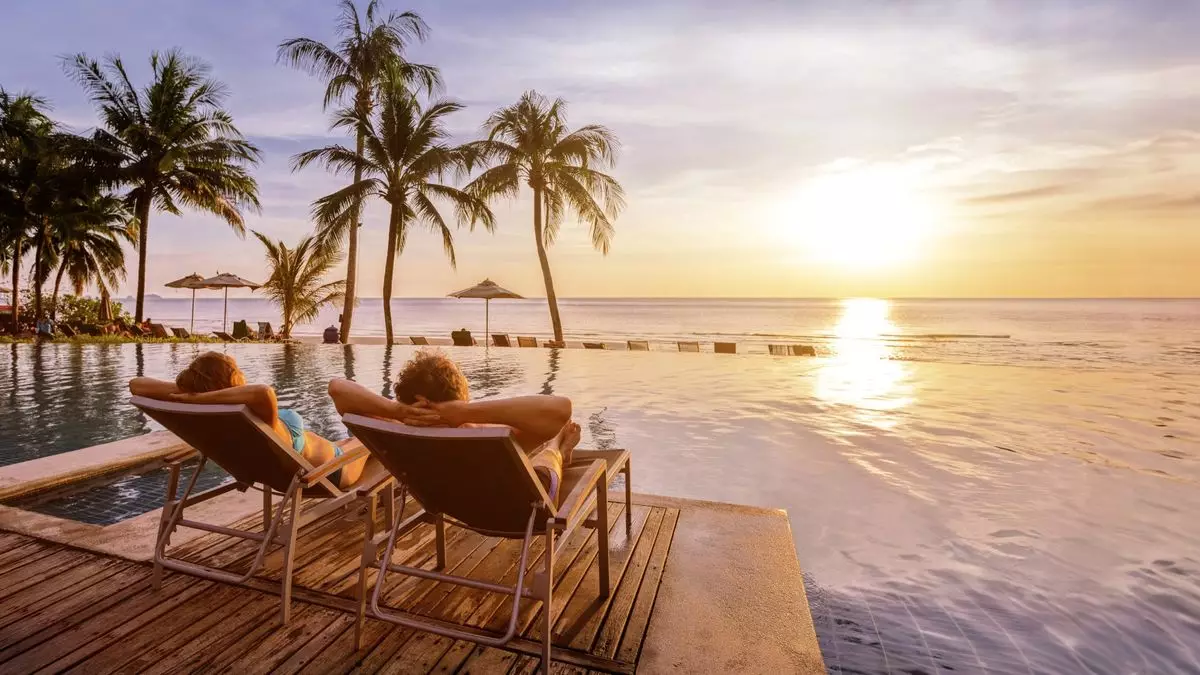Luxury travel has maintained its allure and has returned robust figures in sales across the globe. Despite the ongoing growth in revenues, a noticeable sentiment of uncertainty permeates the high-end travel market. As indicated by Clayton Reid, notable executive chairman of MMGY, the prevailing economic dynamics suggest a potential softening in pricing for luxury accommodations and cruises. This reflection on pricing indicates the need for industry leaders and travel advisors to rethink strategies that could affect profitability.
At a recent SmartFlyer Core conference held at the picturesque Fairmont Chateau Lake Louise, Reid spoke to a gathering of 160 travel advisors about the impending shifts in consumer spending. Luxury brands have typically catered to affluent demographics, but Reid’s insights reveal a growing concern that even some of these clients—particularly within the upper-middle-class bracket—are reaching their financial limits. Such changes could signal an impending reevaluation of how pricing structures are implemented within the high-end market.
Data from CoStar, a prominent provider of hotel analytics, highlights the current state of luxury hotel rates, which have seen a modest increase of 1% from the previous year, averaging $388 per night. While this reflects a strong rebound from the pandemic lows, it also represents a staggering 31% increase since 2019, suggesting that the economic conditions surrounding luxury travel have undergone a significant transformation. A stark increase in the number of hotels charging upwards of $1,000 per night has emerged, leading to a competitive landscape that may soon face pressure from rising costs of living and consumer caution.
Reid’s observation that the highest echelons of luxury accommodation—akin to the exclusive Sheldon Chalet in Alaska—will likely be insulated from pricing fluctuations suggests a split market, where ultra-wealthy clientele continue to seek unique, experiential stays. Conversely, larger hotel brands like the Four Seasons and Ritz-Carlton are now beholden to shifting consumer sentiment, which has reached a tipping point wherein many clients may start exploring alternatives to exorbitantly priced rooms.
Accompanying the rise in travel expenses is a concerning trend reflected in U.S. credit card delinquency rates. Doubling in less than three years, these rates mirror changing financial conditions and hint at the rising costs weighing heavy on consumer discretionary spending. Records show that credit card debt in the U.S. has reached unprecedented levels, intensifying the conversation around luxury spending habits.
Despite this economic backdrop, projections for 2025 from SmartFlyer indicate optimism, with advisors noting healthy bookings and growth in luxury travel sales. Advisors, like Michelle Jackson from Florida, have underscored a viewpoint that, while hotel prices may stabilize, a significant downturn in room rates seems unlikely. This sentiment illustrates the resilience of luxury travel, even amid potential financial constraints faced by consumers.
The role of travel advisors is becoming increasingly vital as consumers wrestle with the decisions surrounding luxury travel spending. Michael Holtz, founder of SmartFlyer, articulated the growing consumer tendency to seek value within their luxury experiences, particularly in markets like New York City, where the average rate for high-quality accommodations now routinely exceeds $1,000. Holtz’s assertion points towards a trend where clients will prioritize the added value that advisors can offer, thereby elevating the importance of personalized service and expertise in the luxury travel sector.
Moreover, COO Erina Pindar highlights a post-pandemic realization that travel is integral to personal satisfaction and growth. The notion of “revenge travel” has pivoted into a deeper understanding that exploring the world provides essential life experiences, further solidifying the demand for luxury travel despite economic uncertainties.
The future of luxury travel remains a complex interplay of economic factors, consumer behavior, and market dynamics. While the landscape currently favors high-end experiences and thriving demand, vigilance is required as macroeconomic conditions evolve. Luxury brands and travel advisors must adapt to changing consumer sentiments and value expectations as they face the dual pressures of heightened prices and the potential cooling of overall spending. The key moving forward will undoubtedly lie in understanding these shifts and enhancing the value proposition offered to clients, ensuring that luxury travel remains essential in their lives.


Leave a Reply